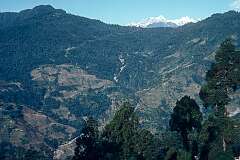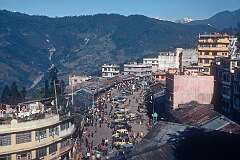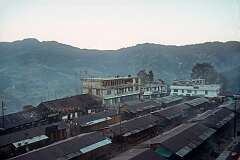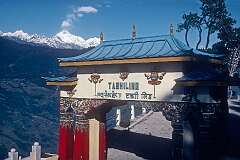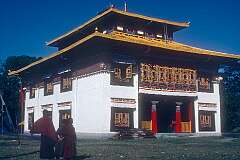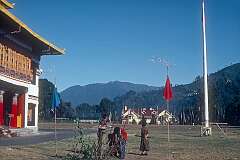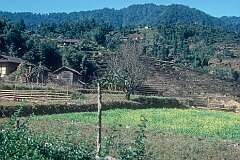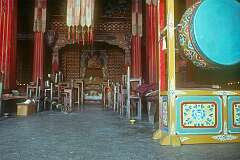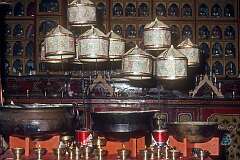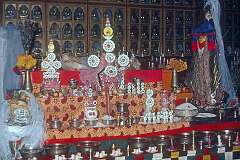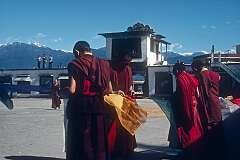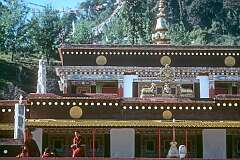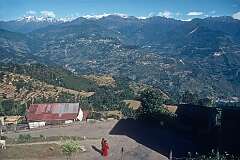Sikkim, a former Himalayan Kingdom
8-10 December 1979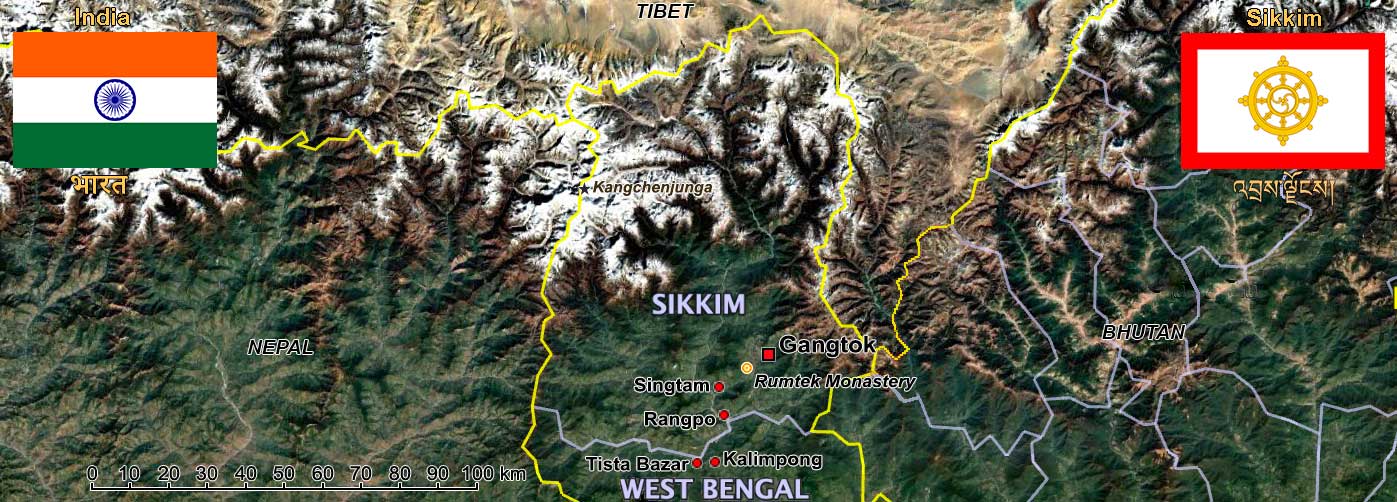
Sikkim, a small Himalayan state, has a history shaped by its Buddhist heritage, mountain kingdoms, and later integration into India. Originally inhabited by the Lepcha people, Sikkim saw the arrival of Tibetan migrants in the 13th–16th centuries. In 1642, Phuntsog Namgyal was crowned the first Chogyal (Buddhist king), establishing a monarchy that lasted for more than three centuries. The kingdom became a crossroads between Tibet, Bhutan, and Nepal, absorbing diverse cultural influences while remaining deeply rooted in Tibetan Buddhism.
In the 18th–19th centuries, conflicts with neighbouring states and British involvement changed Sikkim’s political landscape. After India’s independence, tensions grew between the monarchy and the people, leading to a 1975 referendum that ended the Chogyal’s rule and made Sikkim the 22nd (and smallest) state of India.
Today, Gangtok, the capital, blends Buddhist tradition with modern hill-town life, offering views of Mt. Kanchenjunga, vibrant markets, and monasteries. Just outside the city lies the famed Rumtek Monastery, seat of the Karmapa lineage of Tibetan Buddhism. Rebuilt in the 1960s, Rumtek is one of the most important monasteries outside Tibet, renowned for its golden stupa, scriptures, and serene monastic rituals, symbolising Sikkim’s spiritual heart.
In the 18th–19th centuries, conflicts with neighbouring states and British involvement changed Sikkim’s political landscape. After India’s independence, tensions grew between the monarchy and the people, leading to a 1975 referendum that ended the Chogyal’s rule and made Sikkim the 22nd (and smallest) state of India.
Today, Gangtok, the capital, blends Buddhist tradition with modern hill-town life, offering views of Mt. Kanchenjunga, vibrant markets, and monasteries. Just outside the city lies the famed Rumtek Monastery, seat of the Karmapa lineage of Tibetan Buddhism. Rebuilt in the 1960s, Rumtek is one of the most important monasteries outside Tibet, renowned for its golden stupa, scriptures, and serene monastic rituals, symbolising Sikkim’s spiritual heart.










